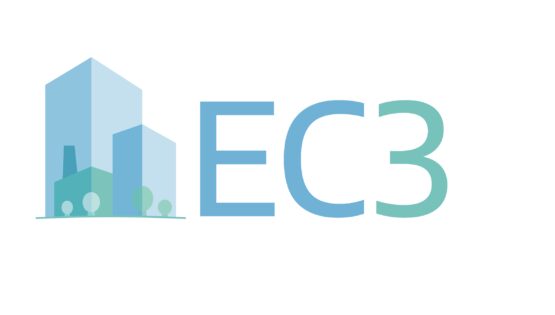Why Neopor is a Solution to Reducing Buildings Carbon Footprint

The Issue:
Carbon dioxide emissions have drastically increased since the mid-1800s and, consequently, our world is warming up. Commercial buildings in the United States have a carbon footprint that is approximately equivalent to the carbon footprint of India, yet buildings only account for roughly 40% of CO2 emissions in the United States every year. With new construction on the rise, action needs to be taken to reduce emission rates to protect the environment.1 Scientists expect our global temperature to increase by 1.8 percent per year if CO2 emissions are not addressed in the near future.2 Furthermore, increases in CO2 emissions will increase the global temperature by 2.5˚F to 10˚F this century.3 Impacts of a higher global temperature have already effected glaciers and animals' natural habitats, but if the global temperature continues to rise, additional effects could include, "rising sea levels, more frequent floods and droughts, and increased spread of infectious diseases."4
The building industry has long overlooked embodied carbon emissions. While operational carbon is usually addressed in building codes, embodied carbon is not typically accounted for. Operational carbon is defined as the CO2 emissions resulting from the energy produced to support all of the daily functions of buildings ranging from air conditioning and heating to water and electricity. However, embodied carbon is described as the CO2 emissions resulting from every step along the way from birth to death of building materials. Embodied carbon shows that a building's carbon footprint lasts from design to destruction, and not simply when the building is operational.
While the increase in CO2 emissions poses an imminent problem, it is solvable. Designers and architects are in a unique position to address this problem because they have the ability to directly redesign our future. By using more sustainable solutions when designing and constructing buildings, architects and contractors can help reduce CO2 emissions and create a more sustainable future.
Why Neopor?
Neopor GPS is the high performing and low CO2 option for rigid insulation. When comparing competitive materials, Neopor can achieve the same R-Value with up to 30% fewer raw materials. Using fewer raw materials not only makes Neopor more sustainable, but often helps it become the cost-effective choice as well. Like all insulation, Neopor helps buildings achieve reductions in operational carbon by reducing the need to heat and cool the building. The Neopor difference comes with its industry-low carbon footprint which also contributes to reduce a building's embodied carbon. Among its competitors, Neopor has the lowest embodied carbon of any rigid insulation in North America as demonstrated in the EC3 Tool. To learn more about using BASF’s Neopor in your next project, visit https://www.neopor.basf.us/.

Embodied Carbon in Construction Calculator (“EC3”) tool.
BASF is a proud pilot partner of this free, open-access tool, based on the industry’s first database of digitized Environmental Product Declarations (EPDs), will allow architects, engineers, owners, construction companies, building material suppliers and policy makers users to easily evaluate and reduce embodied carbon emissions from construction materials, effectively empowering them to reduce embodied carbon within buildings at scale.
- Compare embodied carbon between products
- Reduce embodied carbon within building systems

A Holistic View of Carbon in the Built Environment
1 AIA HSW / GBCI 1 CE Hour
Learning Objectives
- Understand the principles of carbon emissions and carbon neutrality (net zero carbon footprint) and how they can contribute to sustainable building practices.
- Explore the difference between operational and embodied carbon emissions and their relationship over the lifecycle of a building.
- Review options for the reduction of carbon emissions, particularly embodied carbon emissions.
- Examine the concept of product transparency and how transparency tools can be used in green design and construction.


